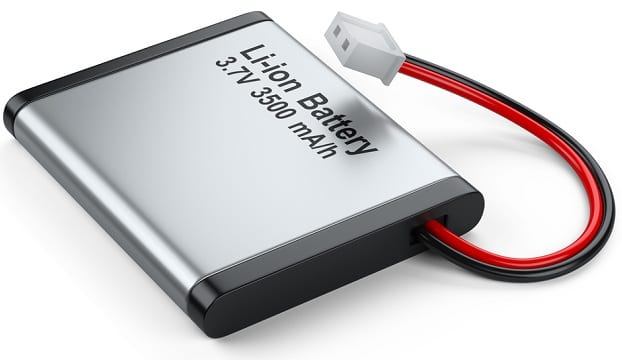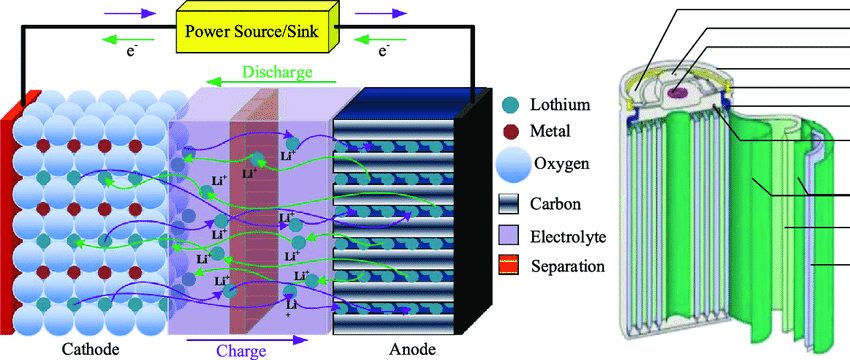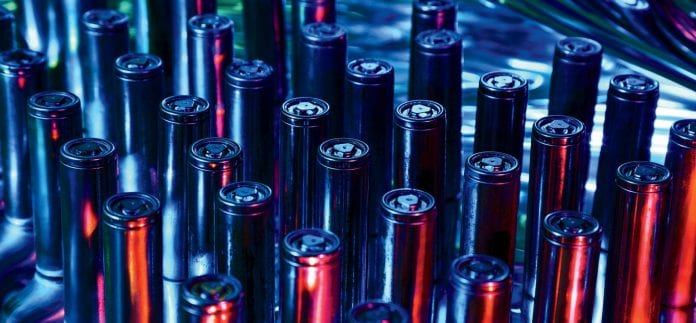Batteries are portable devices that are used to power other electronic devices. Batteries can be rechargeable or non-rechargeable, but the most common of the former would be Lithium-Ion batteries or Li-Ion.
Seeing as the title of the article revolves around Li-Ion tech, we will be focusing more in-depth about them.
History Of Li-Ion Batteries
The first idea of Li-Ion batteries was coined way back in 1912 by G.N. Lewis. However, the first time in history Li-Ion versions came to use was almost 60 years in the future, in 1970. It was this time that the first Li-Ion non-rechargeable battery was put into commercial use and displayed to the wider public. In 1980, scientists had partial success with designing a rechargeable version, however, they failed to notice that these batteries were very unstable during the charging process, causing a thermal runaway due to the charging process.

In 1991, an accident happened in Japan, and it was deemed then that Li-Ion batteries should be handled more carefully, and after a lot of research, Sony managed to create the first unit with new chemistry. This is the Li-Ion battery that we still use to this very day.
Chemistry of Li-Ion Batteries
These batteries run on lithium ions with lithium being a light metal with high energy density. This is the property that allows high energy output even from small units, plus, compared to other options, these are quite lightweight. The higher the energy density, the smaller the battery. Due to its metallic nature, lithium cannot be used as an electrode directly in the batteries, because the metallic nature makes it highly unstable. This is where lithium ions came into play as those manage to have the same property as the metal, but the non-metallic compounds make it safer to use.

According to ugtx.com, experts in battery safety, the most commonly used Li-Ion battery is the 18650 cells. And that puts us nicely towards our next point which is…
Introduction to Li-Ion Batteries
The typical 18650 Cell, like all batteries, has a voltage and capacity rating. A normal voltage for any lithium cell would be 3.6V; however, the voltage can be run down to around 3.2V. When fully charged, the cells can go as high as 4.2V. Anything below 3.2V or above 4.2V will damage the battery beyond repair, and it might even cause a fire. All of these numbers apply to the most common Li-Ion battery, the 18650 cells.
We’re going to follow up on that and give you some more information about the 18650 cells.
mAh means the capacity of a cell, where mAh means ”Milli Ampere per Hour”. The mAh rating of Li-Ion batteries will vary based on the type of cells. If we buy a battery with a cell of 2000 mAh, which is 2Ah (Ampere/hour) and draw 2A from it, then the battery will only last for one hour. If we draw 1A from it, we can expect it to give energy for two hours. There is a simple equation which calculates how much time a battery will last, and it goes like this:
Run Time (in hours) = Current drawn / mAh Rating









